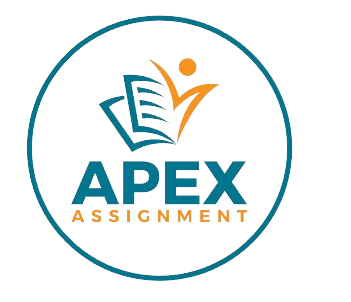
Before submitting written work, assignment editing is essential to its refinement and perfection since it guarantees accuracy, coherence, and clarity. This crucial procedure is going over, editing, and perfecting an assignment’s material to ensure that it satisfies the highest requirements for effectiveness and quality. Let us examine the essential elements of assignment editing and its importance in creating well-edited and polished works.
Points you need to learn for assignment editing:
*Examining for Consistency and Clarity
Improving clarity and ensuring uniformity across the document is one of the main goals of assignment editing. This entails going over the content’s language, structure, and organization to remove any ambiguities, enhance readability, and preserve a coherent flow of ideas. Editors concentrate on improving sentence patterns, staying away from jargon and sophisticated language when appropriate, and making sure that paragraph and section transitions flow naturally. Maintaining uniformity in vocabulary, style, and formatting is also essential for producing a cohesive and expert presentation.
*Making corrections to punctuation, spelling, and grammar
Grammar, spelling, and punctuation mistakes are carefully inspected by assignment editors to ensure the written work is credible and maintains its integrity. This entails locating and fixing grammatical errors, such as run-ons or sentence fragments, inconsistent verb tenses, and subject-verb agreement. To improve readability and clarity, misspellings are fixed and punctuation is used correctly. Furthermore, editors might deal with matters like capitalization, hyphenation, and apostrophe usage to guarantee compliance with language norms and customs.
*Verifying Precision and Accuracy
In academic and professional writing, accuracy and precision are crucial, and assignment editors are essential in confirming the factual correctness and accuracy of the data provided in the paper. To ensure accuracy and credibility, this involves fact-checking references, figures, quotes, and other supporting documentation. Editors can also carefully examine information, computations, and interpretations to look for any discrepancies or errors that need to be fixed. Maintaining the content’s dependability and integrity requires close attention to detail.
*Improving Organization and Structure
To increase a document’s efficacy and impact, assignment editing entails evaluating and organizing the document’s general structure and arrangement. Editors assess the argument or analysis offered, the coherence of paragraphs, and the logical flow of ideas. To streamline the narrative and enhance comprehension, they could advise rearranging or rearranging sections, introducing transitional words or sentences, and getting rid of unnecessary or tangential material. A well-structured assignment improves readability and fortifies the main points being communicated.
*Ensuring Adherence to Guidelines and Requirements
Respecting the criteria is necessary to achieve academic requirements and exhibit professionalism and attention to detail.Editors make ensuring that the project follows all formatting specifications, standards, and directions given by the magazine, institution, or instructor. This entails making sure that all references and citations are correctly formatted in accordance with the style guide (APA, MLA, Chicago, etc.), paying attention to any particular guidelines regarding content, length, or structure, and properly formatting headings, font sizes, margins, and line spacing. Respecting the criteria is necessary to achieve academic requirements and exhibit professionalism and attention to detail.
In short
To sum up, assignment editing is a painstaking and crucial procedure that greatly enhances the general caliber, readability, and efficacy of written assignments. Editors are vital in augmenting the significance and expressive ability of written work in artistic, professional, and academic contexts by tackling problems with clarity, precision, structure, and adherence to rules.







